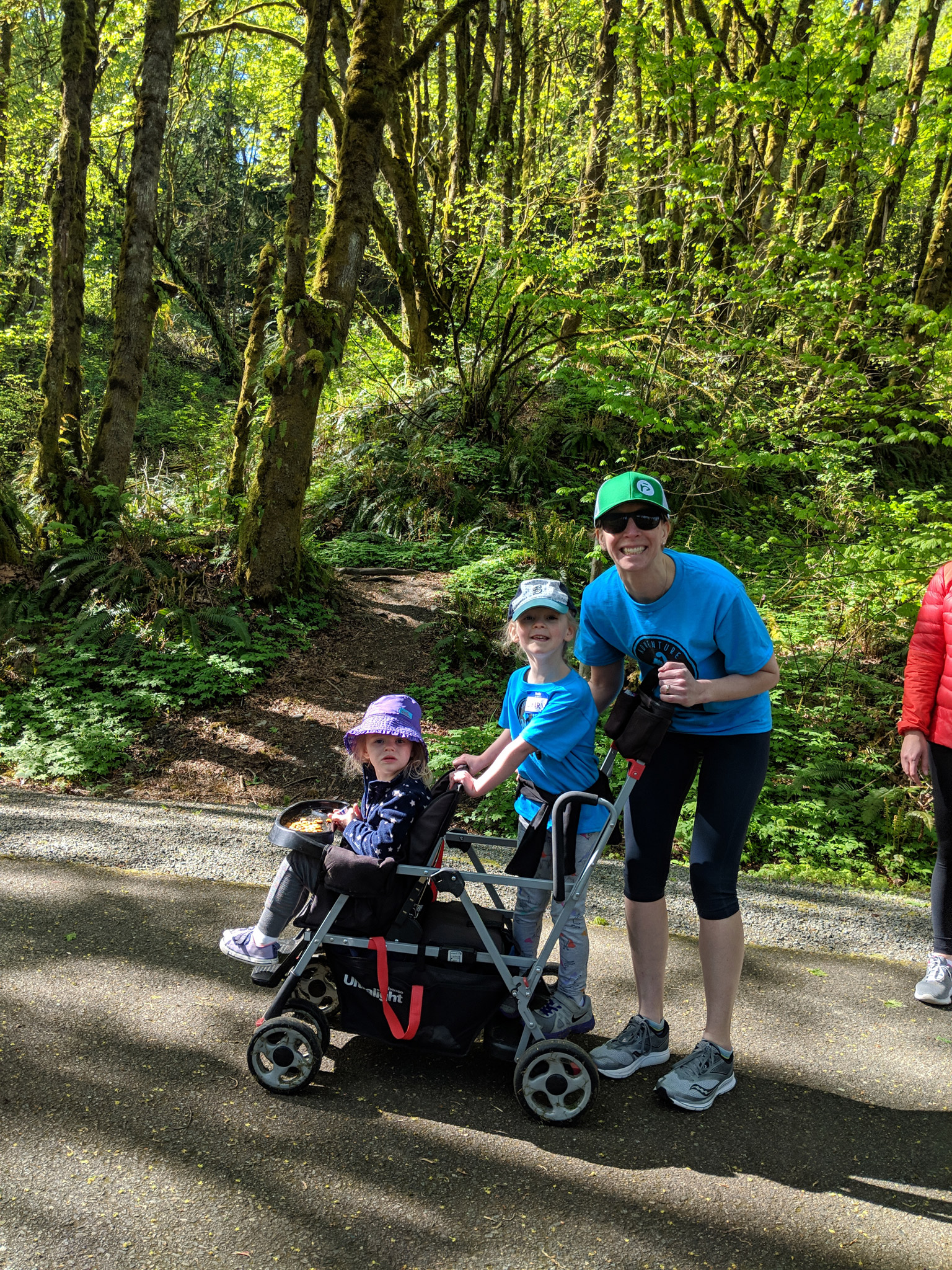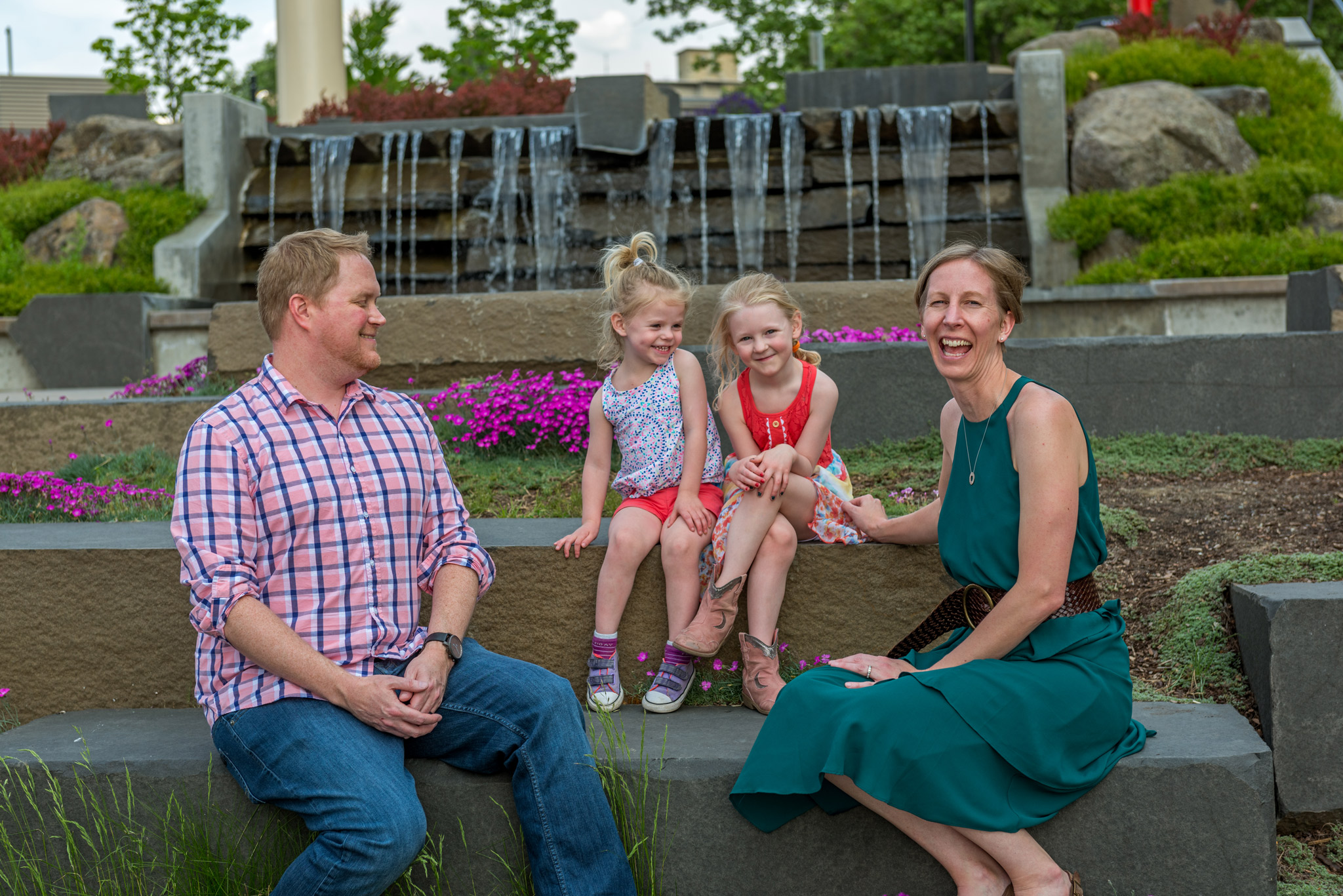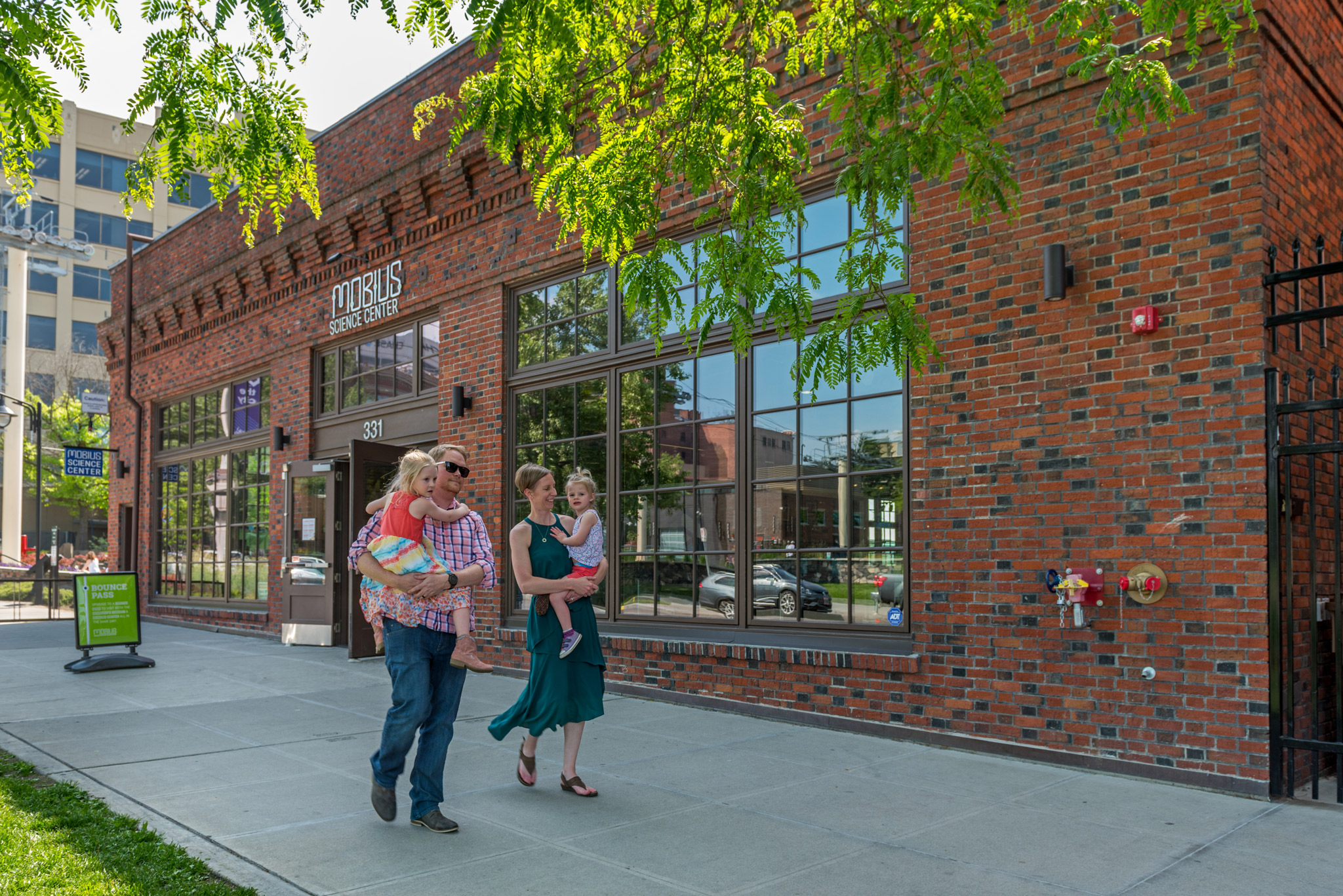A mother’s determination to bring awareness to rare diseases
In January 2016, Mary McDirmid and her husband Jay were eagerly expecting the birth of their second child. Hand-in-hand, searching the small television screen for the black and white image to appear, hearing the steady thumping of a small heartbeat fill the room, the two were more than ready to learn the gender of their baby. .
It’s a girl!
In the moment, they didn’t think too much of what the technician told them. There were dark shadows on the baby’s heart. But Mary had faith that baby Ruth was just snuggled in for the duration and was making it difficult to see what was going on.
The doctor would recommend coming in 10 weeks later for a follow-up. Mary decided it wasn’t anything serious and they continued preparing for the newest addition to their growing family.

Mary recalls having some scares with their first daughter in the early months of her pregnancy. During routine tests in the first trimester, they were told their child could possibly have Down’s Syndrome. Mary spent the duration of her pregnancy preparing for the worst.
It was a false-positive. Charli, a beautiful and perfectly healthy baby girl was born. When they were asked if they wanted to participate in the early testing once again for their second child, they declined. Without giving it much thought, the weeks flew by and it was time for their 10 week appointment. This time, the doctor came in right away.
“She has tumors on her heart.”
The doctor didn’t mince words. He explained that he didn’t have any experience with this, but if there were tumors on the heart, there was a 98 percent chance it was Tuberous Sclerosis Complex, a rare disease that can either be inherited, or in Ruth’s case, the result of a genetic mutation.
Story continues after a quick message from our sponsor below.
Suddenly, the birth plan Mary and Jay had prepared for would no longer be an option. Mary would have to transfer her care to Providence Sacred Heart Medical Center in Spokane. Her midwife was now unable to participate in the birthing process, as Mary and her baby were now considered high-risk.
With so many unknowns and just five weeks from diagnosis to due date, the couple had little time to prepare themselves for a child whose body would continuously grow benign tumors on all of her major organs; her brain, heart, kidneys, lungs and skin — for the rest of her life. With no medication or treatments available, and little research to be found, Ruth’s parents now had to plan for caring for a special-needs child.
“We were scared, we were sad, but at least we knew what it was,” Mary said.
Mary’s eyes fill with tears as she recalls leaving the hospital several days after Ruth was born. Her heart was breaking as her husband drove her away, leaving baby Ruth behind in the NICU.
“I knew Ruth was in the right spot for care,” she said. “My brain can operate that way. But my heart was saying I should be taking my baby home with me.”
It’s how she felt in that moment that paved a road to advocacy.
The medications to control her seizures were ineffective, and suddenly the couple was not only trying to regulate or find ways to lessen the seizures, they were also trying to potty train their oldest child. Mary laughs at the absurdity of it all, and how those first couple of years were all about surviving the day-to-day challenges that were coming at them fast.
Six months after Ruth was born, Mary applied, and was quickly asked to be the local representative for the National Organization for Rare Disorders. With barely enough time to learn about her newest role, one week later, she was flying to Washington D.C. to learn about the impact she could make for families like her.

This is where she realized just how big the NORD group really was. FDA, Big Pharma, and all the little mom-and-pop alliances around the country were all gathering, trying to find ways to help families navigating rare diseases.
“Getting a researcher to want to research your rare disease can take years, and then finding the families to get on board once the drug gets to trial, can take even longer.” she said.
It was a whole other world Mary didn’t know existed.
Her role was to be a “boots-on-the-ground” representative in D.C. as well as back home in Spokane, to listen to what is needed from all the interested parties at the table and gather people together to work toward common goals.
Mary is tenacious when her sights are set on something. By the time she returned from Washington D.C. she had become passionate about advocacy for rare diseases — not just her daughter’s disease but the lack of understanding for all rare diseases.
She returned in November that year and by December had reached out to Washington State University to host a Rare Disease Day. Students specializing in pharmacy and research, future doctors and nurses and several other types of specialists all are on campus. It makes sense for Mary to gather them together and to begin the conversation.
Mary planned the event in January, quickly throwing it together and unprepared for its success. With standing room only, it was obvious that the conversation around rare diseases was an important one. From teaching the medical students about how to support families to relaying the experiences that patients like her daughter Ruth live every day, to discussing the long-term effects and what the quality of care looks like, Mary hopes she has brought awareness to what families are going through from the patient’s perspective.
Mary didn’t stop there. She joined the board for the Arc of Spokane, a national group that helps people with developmental disabilities navigate housing and live as independently as possible. She is also on the board of Skill Skin, an employer of people with developmental disabilities.
She takes on a lot but it’s because she feels she has to, for Ruth.
“I have to get Spokane ready for my daughter to be able to work in 16 years, when she is ready to contribute to the community,” she says, as if it should be obvious that there needs to be more employers hiring people with developmental and physical disabilities.
Mary is practical. Her wispy blonde hair is cut short, framing a face with sharp features and with little to no make-up. She has no time for frivolity, as she is constantly moving or planning 10 steps ahead. When she moves, it is with purpose. For her, working full time, caring for a newborn and toddler, while navigating the world of rare diseases and then tackling advocacy, is manageable. And she’s all in.
She credits her husband Jay as her strongest supporter. And each evening, when they tuck their daughters into bed, she knows she has fought hard for her family, that she has loved them with every fiber of her being.
And while she has no control over the disease that is all-consuming to her daughter, she hopes she has fought hard to make the world a better place for Ruth, and for others like her. N
By Theresa Whitlock-Wild
Photography By Joel Riner



